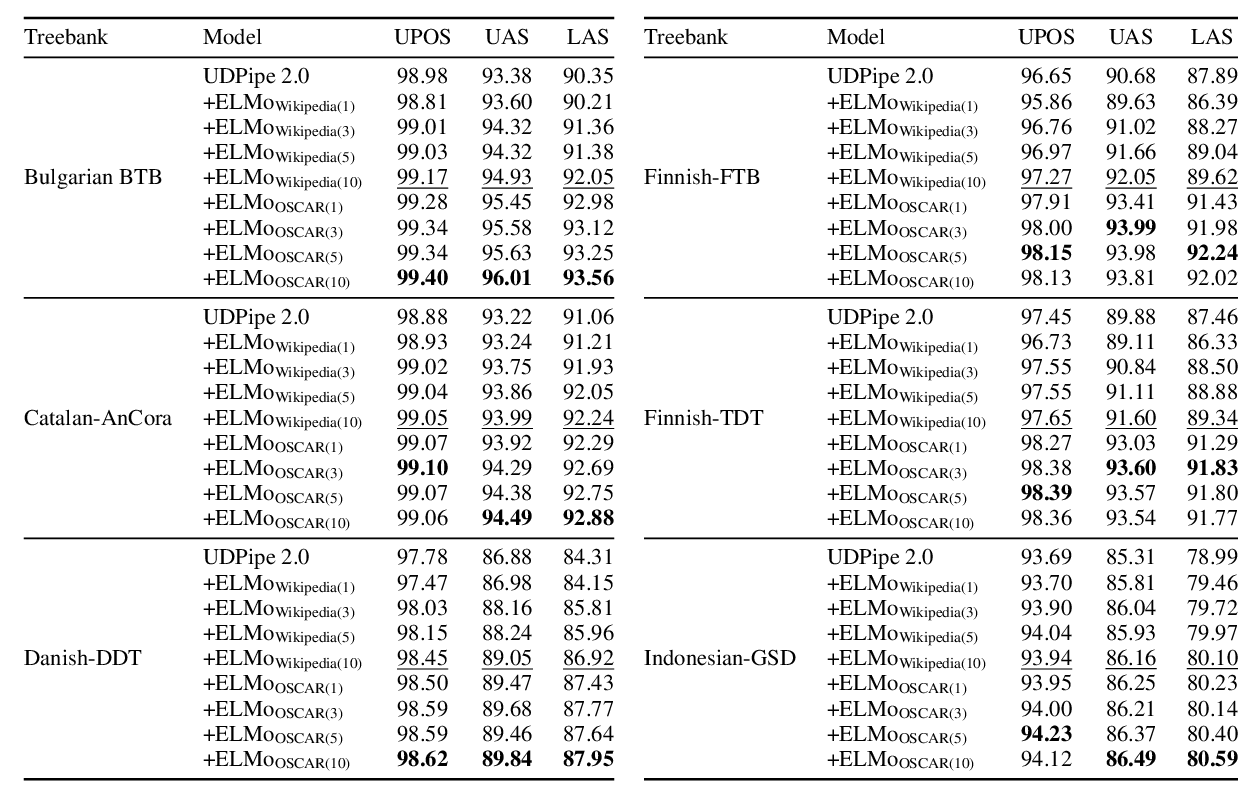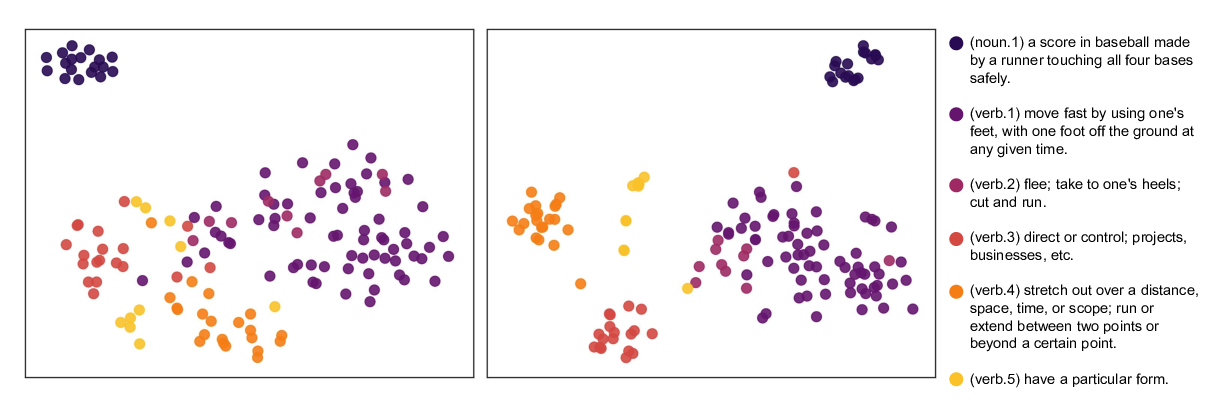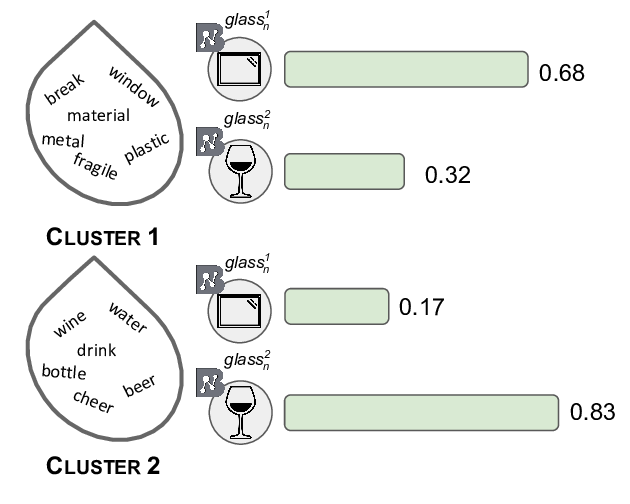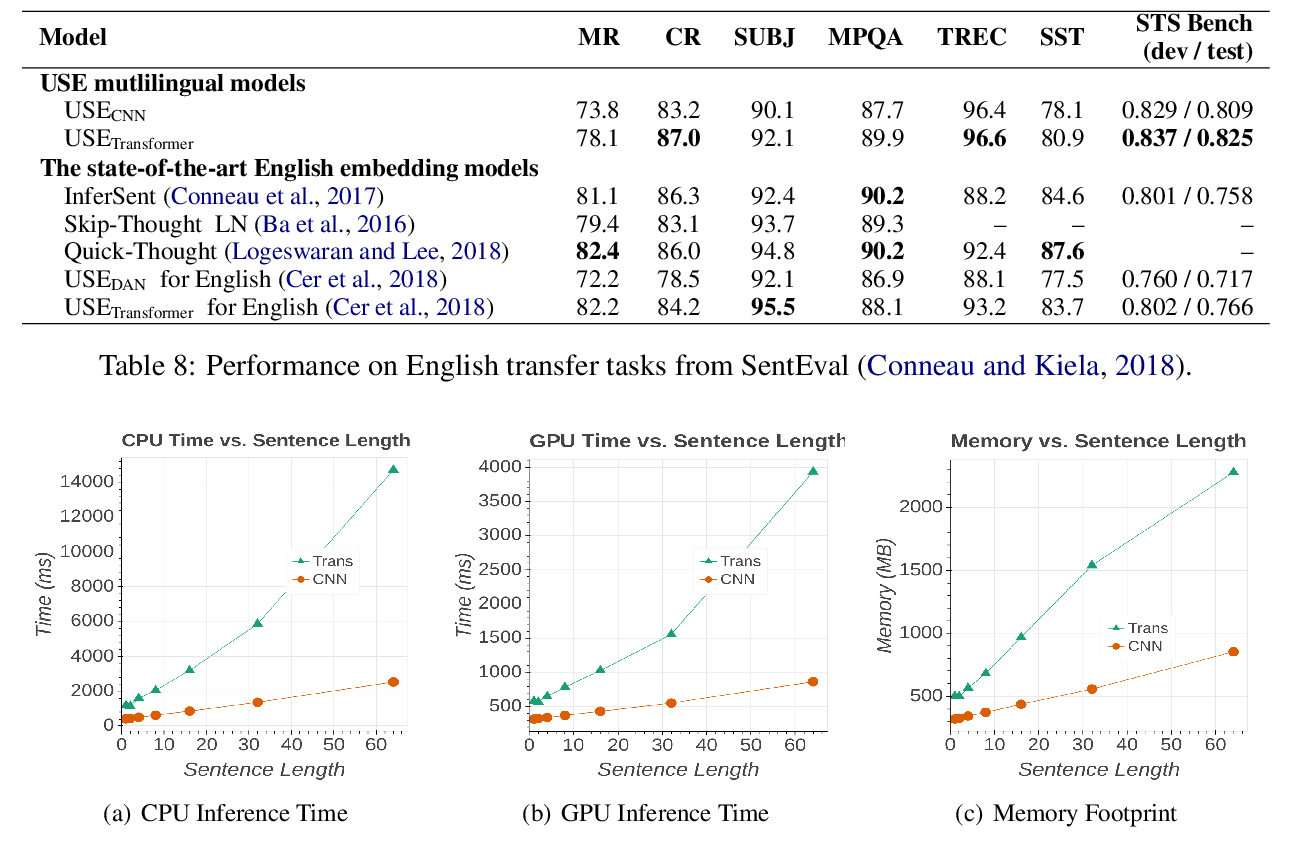Breaking Through the 80% Glass Ceiling: Raising the State of the Art in Word Sense Disambiguation by Incorporating Knowledge Graph Information
Michele Bevilacqua, Roberto Navigli
Semantics: Lexical Long Paper
Session 4B: Jul 6
(18:00-19:00 GMT)

Session 5B: Jul 6
(21:00-22:00 GMT)

Abstract:
Neural architectures are the current state of the art in Word Sense Disambiguation (WSD). However, they make limited use of the vast amount of relational information encoded in Lexical Knowledge Bases (LKB). We present Enhanced WSD Integrating Synset Embeddings and Relations (EWISER), a neural supervised architecture that is able to tap into this wealth of knowledge by embedding information from the LKB graph within the neural architecture, and to exploit pretrained synset embeddings, enabling the network to predict synsets that are not in the training set. As a result, we set a new state of the art on almost all the evaluation settings considered, also breaking through, for the first time, the 80% ceiling on the concatenation of all the standard all-words English WSD evaluation benchmarks. On multilingual all-words WSD, we report state-of-the-art results by training on nothing but English.
You can open the
pre-recorded video
in a separate window.
NOTE: The SlidesLive video may display a random order of the authors.
The correct author list is shown at the top of this webpage.
Similar Papers
A Monolingual Approach to Contextualized Word Embeddings for Mid-Resource Languages
Pedro Javier Ortiz Suárez, Laurent Romary, Benoît Sagot,

Moving Down the Long Tail of Word Sense Disambiguation with Gloss Informed Bi-encoders
Terra Blevins, Luke Zettlemoyer,

CluBERT: A Cluster-Based Approach for Learning Sense Distributions in Multiple Languages
Tommaso Pasini, Federico Scozzafava, Bianca Scarlini,

Multilingual Universal Sentence Encoder for Semantic Retrieval
Yinfei Yang, Daniel Cer, Amin Ahmad, Mandy Guo, Jax Law, Noah Constant, Gustavo Hernandez Abrego, Steve Yuan, Chris Tar, Yun-hsuan Sung, Brian Strope, Ray Kurzweil,
